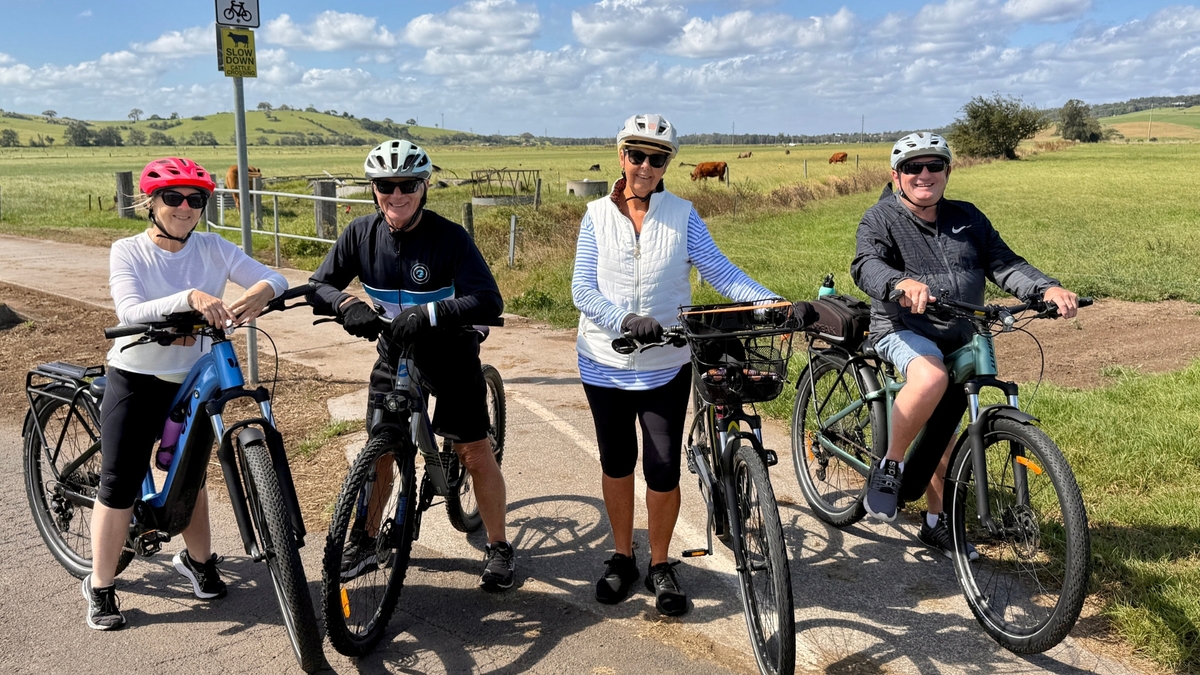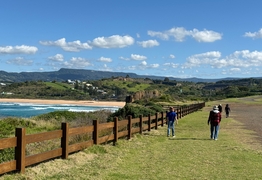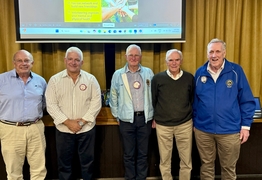Could a working group have saved the Jamberoo cycleway?
Lynne Strong
19 May 2025, 6:00 AM
 The cycleway currently finishes at Brown's Lane Jamberoo
The cycleway currently finishes at Brown's Lane Jamberoo The Jamberoo Cycleway may soon be shelved.
Not because it lacks funding. Not because the community does not want it.
But because the right people were not in the room early enough to solve a predictable problem.
At its 20 May meeting, Kiama Council will consider a staff recommendation to return $2.4 million in grant funding from Transport for NSW.
Council staff have advised that the cycleway project, even in its scaled-back form, cannot be delivered by the funding deadline of 30 June 2026.
Their concerns are valid. The project involves land acquisition, community consultation, design approvals, utility relocation and public procurement.
Staff estimate it would take at least 15 to 18 months after all approvals are in place before construction could be completed.
The deadline is not expected to be achievable.
But a critical factor has received little attention. The developer of Golden Valley is currently preparing plans for a new sewer main running from Jamberoo to Jerrara Rd.
The sewer line will run along the northern side of the road - the same alignment as the proposed cycleway.
Sydney Water is expected to sign off on the sewer works later this year, with construction taking place into mid-2026.
That timing makes it physically impossible to start building the cycleway along that route until the sewer is in the ground.
In other words, even if every other condition had been met, construction could not have begun until the developer’s pipeline was complete.
This unavoidable conflict could also have given Council a valid basis to request an extension of the grant timeline, supported by clear evidence that the delay is beyond its control.
This kind of dependency should not come as a surprise. But there is no indication that it was considered as part of Council’s initial negotiations with Transport for NSW or factored into its delivery estimates.
This is where a working group could have made the difference. A project of this complexity, involving Council, state funding agencies, utility providers, private developers and the community, cannot be managed in isolation.
It requires shared timelines, early warnings and open channels between those doing the digging, the planning and the funding.
Had this kind of group been established earlier, Council could have used the sewer conflict to justify a formal request for an adjusted timeline.
With design work already complete, and strong community support, the case for a reasonable extension may have been compelling.
Now, the project is at risk of being withdrawn entirely.
Council staff have recommended returning the funds, recovering design costs, and waiting for a future grant opportunity.
That may be fiscally cautious, but it will be a disappointment to residents who have long supported the project and assumed its delivery was a matter of when, not if.
There may still be a way forward. If Council engages quickly with Transport for NSW, armed with clear information about the sewer installation timeline, there may be grounds for a further extension. But that will require urgency, collaboration and leadership.
The bigger lesson is simple. Working groups are not just talkfests. When formed early and structured properly, they can prevent costly delays, align parallel infrastructure, and unlock funding that might otherwise be lost.
If Kiama is serious about delivering complex projects in constrained times, it needs more than plans on paper. It needs all the players at the table, from the beginning.
NEWS




